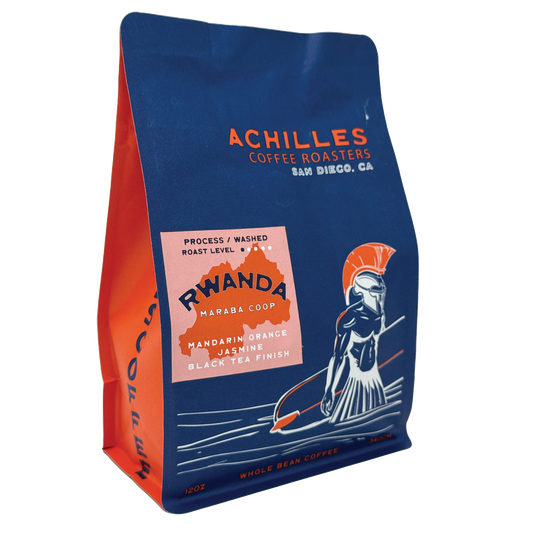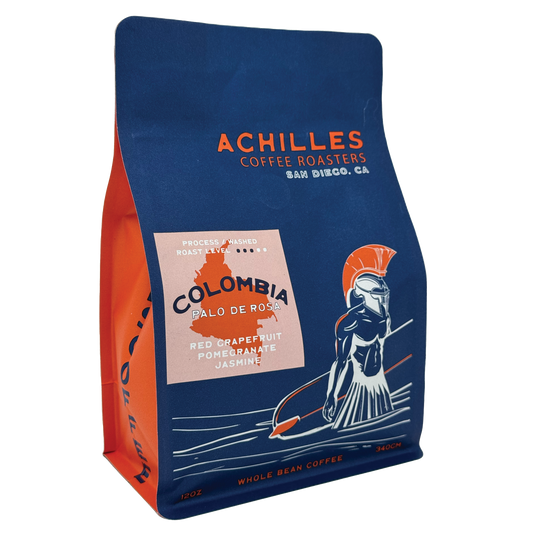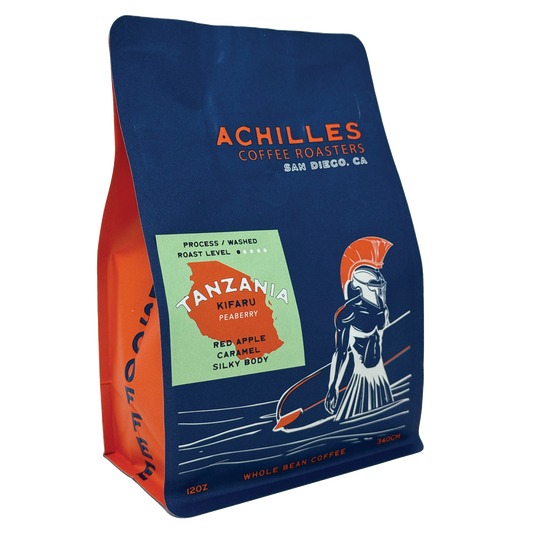Espresso
 Does the barista watch it the whole time?
Does the barista watch it the whole time?
Espresso is a temperamental thing. Even the most seasoned of baristas will tell you that there is really no way to guarantee that each and every shot is perfect. A number of continuously changing factors can alter the quality of the pull of the shot- the temperature of the machine, the humidity in the shop that day, or simply the ghost in the espresso machine! A good barista knows this, and will stay near the espresso machine while the shot pulls to ensure that it looks like a quality shot. Keep reading for a few barista tips on how to be a good barista!
Milk steaming
Starbucks and other mass chains have popularized the practice of “auto-steaming”-putting the steam wand in the milk and walking away- in the name of efficiency and speed. It may work for turning out lattes as quickly as possible during an eight a.m. rush, but it certainly shouldn’t be happening if your coffee is being made by a barista who knows their stuff and has the time and desire to make a really good latte or cappuccino. A barista with coffee-making skill and knowledge will pay attention while they’re steaming milk, watching the motion of the milk, feeling the temperature of the pitcher, or even just listening to the pitch of the sound being emitted. This is to ensure that they are foaming and microfoaming effectively- and not scalding the milk.
Freshness
If you want the best taste and good caffeine content, it is critical that your coffee shop restocks newly roasted beans with regularity. A good shop should be able to tell you the roast date of their current beans, and that date shouldn’t be more than a few weeks old.
One important thing to remember about freshness, however- when it comes to espresso, you don’t want absolutely fresh beans. After roasting, it is really important to allow the beans to “rest” for a few days- otherwise it can be really tricky to figure out the correct grind for the bean and pull beautiful espresso shots with any consistency.
Cleanliness
– Okay, so this one should be a no-brainer. Obviously, when you’re looking for quality in any food or drink establishment, cleanliness is a pretty good indicator of whether a business is paying close attention to their product and keeping their customers healthy (or even obeying the region’s health codes!). But we’re not talking about general tidiness, here- hopefully your regular coffee shop does sweep the floors, but it’s definitely not going to directly affect the quality of your morning java. The cleanliness that you should be looking for should be directly around the making of your coffee- does your barista rinse their portafilters or wipe them after they knock used coffee grounds out and before they grind more into them (portafilters are the small round trays with handles that twist into the espresso machine and drip the espresso shot out the bottom)? Do they wipe the leftover milk off of the wands when they’re done steaming? What about spraying a little steam out to get any milk inside the wand off (this is called “purging” in coffee lingo)? Occasionally, some of these steps might get missed (especially during the craziness of a morning rush!), but by and large you should see your baristas doing these things with frequency if they know their stuff and want you to get the highest quality latte possible.








